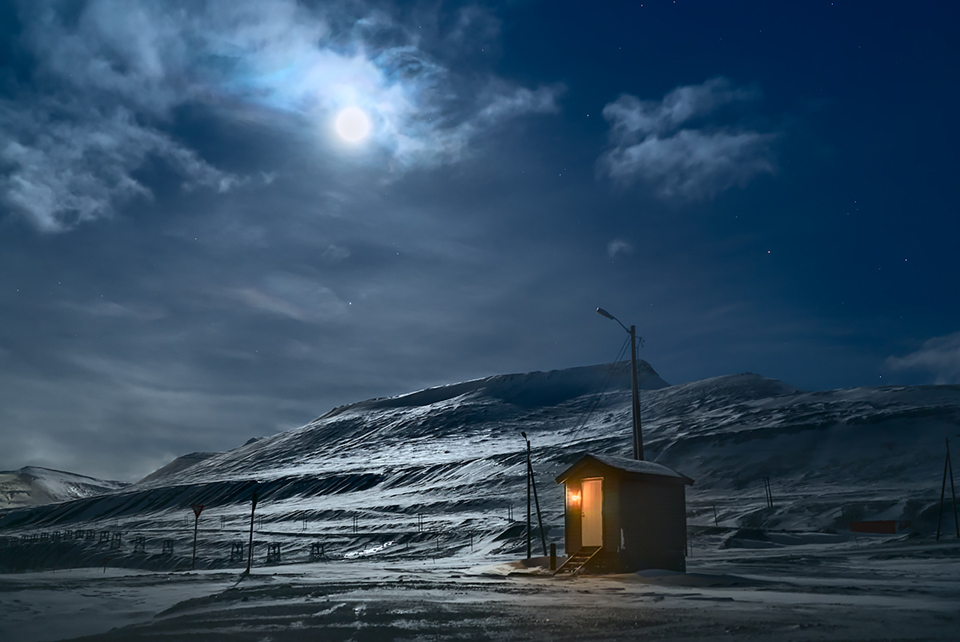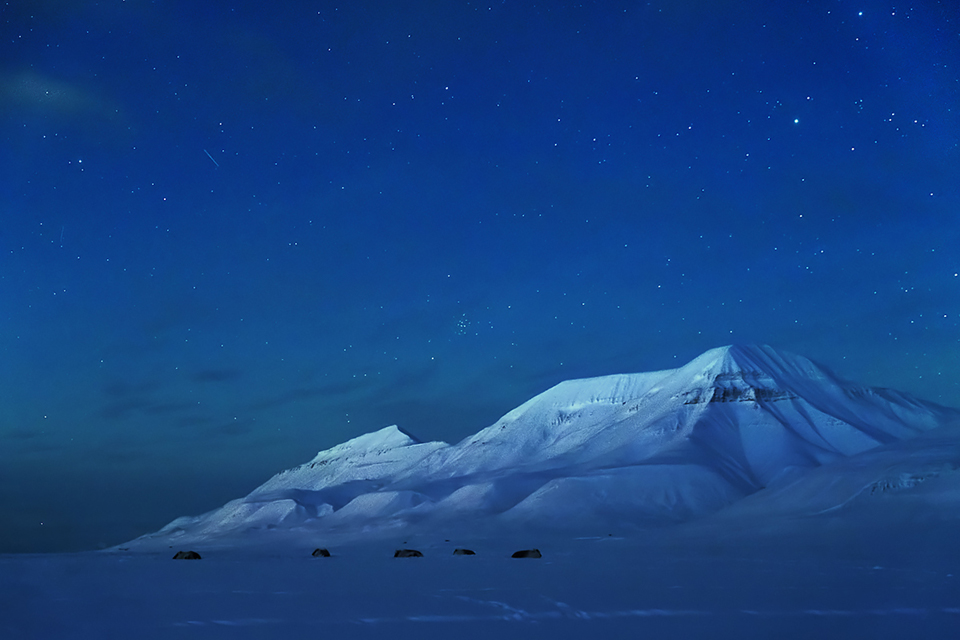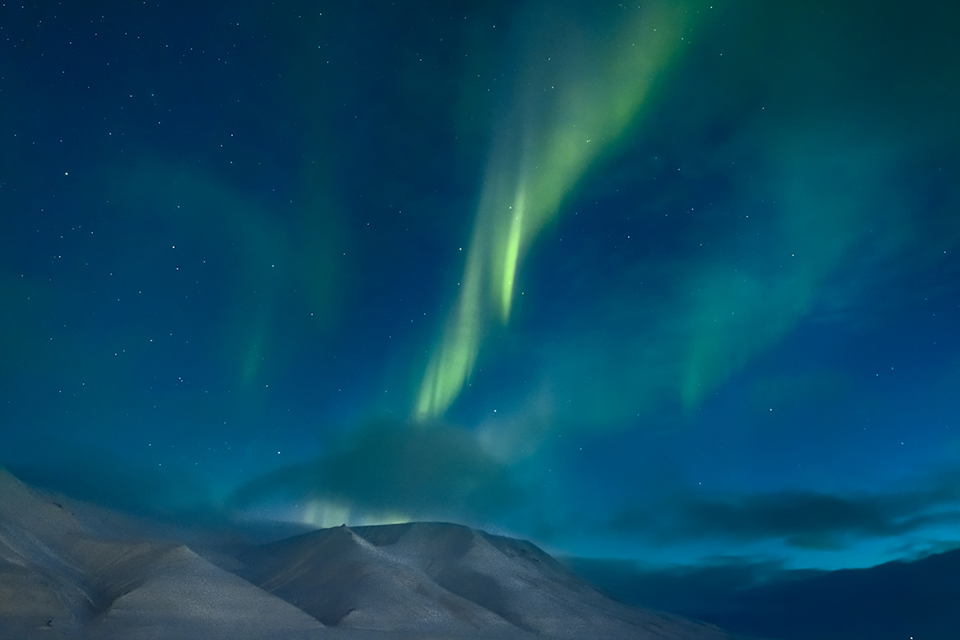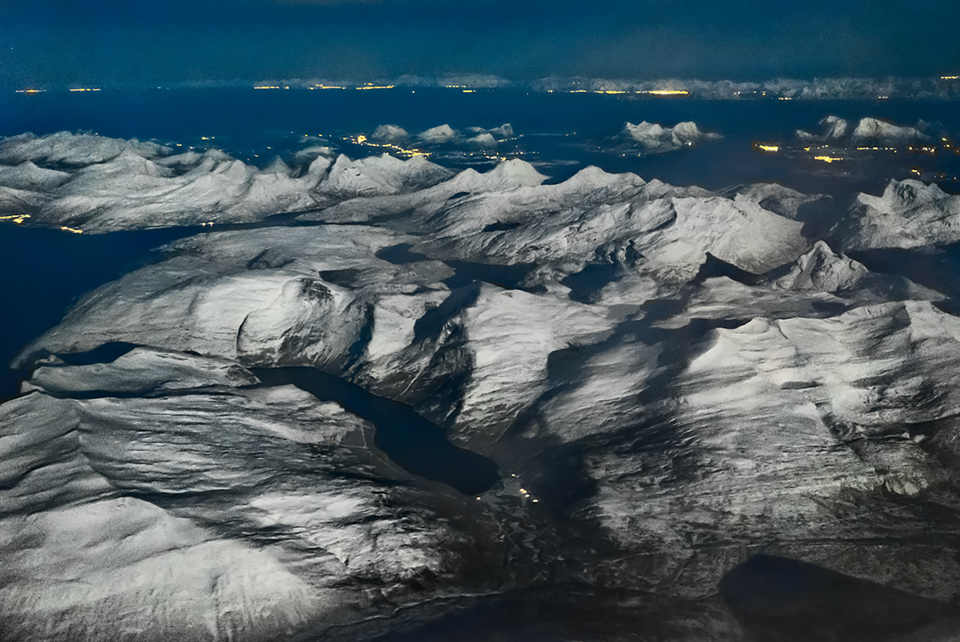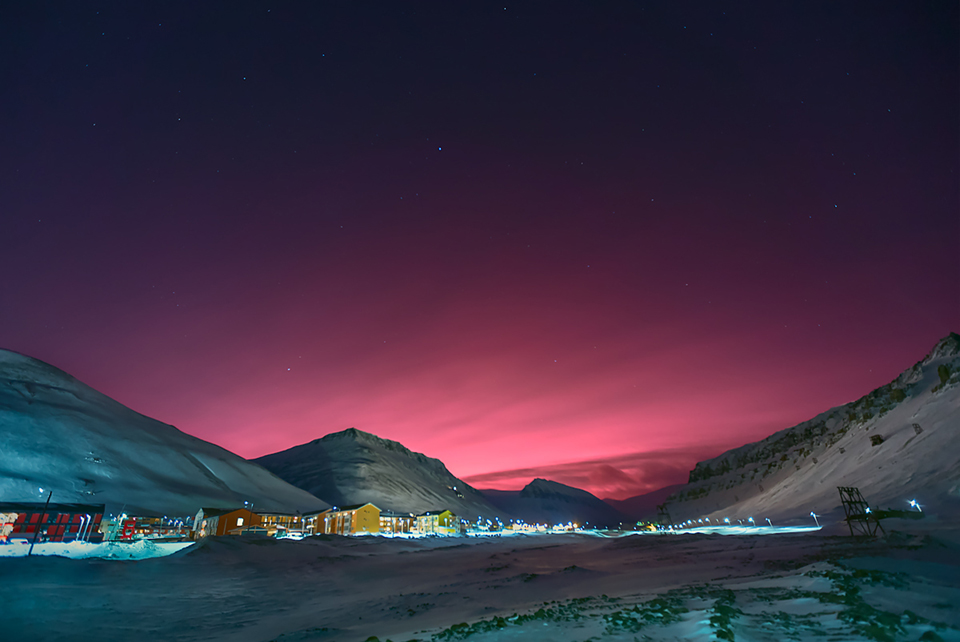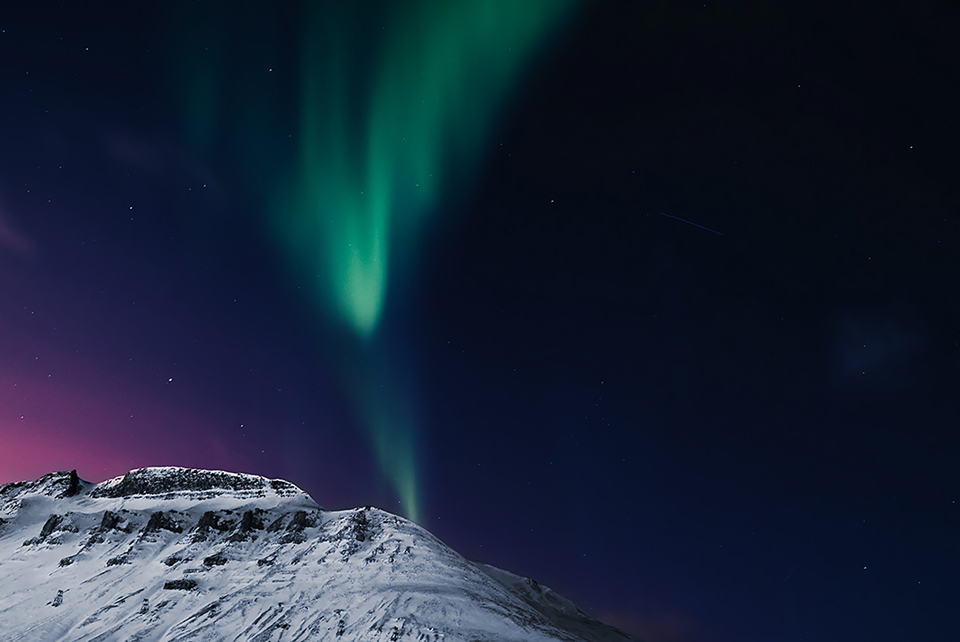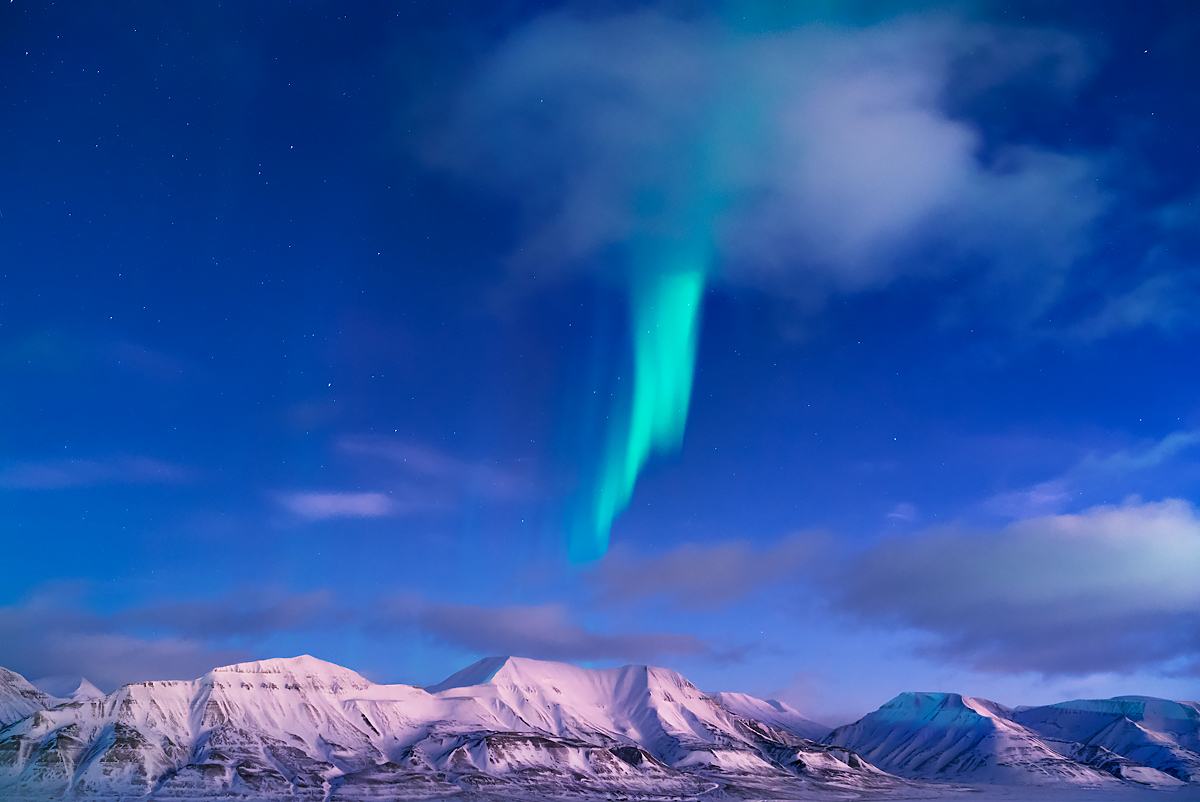Introduction
The Polar Night is a unique natural phenomenon that occurs above the Arctic Circle, around 66 degrees North of the Equator. Most people who do not reside in this region have never experienced the Polar Night, which involves long periods of darkness where the sun never rises above the horizon. Imagine waking up, opening your curtains, and being greeted by an encompassing darkness that persists throughout the day and night. This absence of sunlight can last for several months, leaving individuals with a surreal and awe-inspiring environment to navigate. For those who have a deep appreciation for nature and photography, the Polar Night presents a captivating opportunity to explore and capture the stunning landscapes in this ethereal realm.
Background and Personal Interest
Growing up in the Russian Far East, I was accustomed to tales of the Polar Night and the enchanting stories that accompanied it. As I developed my passion for photography, capturing the natural wonders of the Arctic region during this magical period became an enticing challenge. And so, I embarked on a journey to the Svalbard Archipelago, home to the northernmost settlement in the world, where the Polar Night extends from November till February.
Challenges of Photographing During Polar Night
The absence of sunlight during the Polar Night presents unique challenges to photographers. Without the guidance and illumination provided by natural light, one must rely on their creativity and technical expertise to capture breathtaking images. The darkness serves as a canvas upon which photographers can paint their artistic visions, but it requires a solid understanding of composition, exposure, and equipment to navigate this unconventional landscape.
It’s More Than Just Night Photography
Photographing landscapes during the Polar Night involves more than just capturing scenes in darkness. The absence of light adds an element of mystery and surprise to every expedition. While scouting locations during daylight is common practice for landscape photographers, in the Polar Night, one must rely on intuition and serendipity. In the midst of complete darkness, unexpected and magical moments can unravel, such as discovering a group of reindeer silhouetted against the faintly illuminated mountains, invisible to the naked eye.
Always be Ready to Go Out, Anytime
The Svalbard Archipelago offers a unique opportunity for photographers during the Polar Night, as the Aurora Borealis can be witnessed 24 hours a day. To fully seize these extraordinary celestial displays, photographers must always be prepared to step outside at a moment’s notice. This necessitates careful planning and a thorough checklist to ensure the smooth operation of equipment and the optimization of the shooting experience. Essential considerations include maintaining charged batteries, backing up and clearing memory cards, removing snow and ice from tripods when transitioning between warm and cold environments, and carrying hand warmers for prolonged outdoor sessions.
Moonlight is Your Biggest Enemy and Your Best Friend
The presence of moonlight during the Polar Night serves as both a hindrance and a tool for photographers. On nights with a full moon, the extended visibility allows exploration of landscapes that are typically concealed in darkness. Mountains, valleys, and other natural features are outlined by the ethereal glow, creating breathtaking compositions. By carefully considering the moon cycles, photographers can plan their expeditions to coincide with these magical moments and capture unique images that combine the beauty of the moonlit landscape with the dancing Aurora Borealis.
You Have to Know Your Camera Like the Back of Your Hand
In the challenging conditions of the Polar Night, photographers must possess an intimate knowledge of their camera equipment. Navigating the darkness and capturing fleeting moments requires the ability to adjust camera settings rapidly and instinctively. Similar to a quick-draw cowboy from a Wild West movie, photographers must be ready to shoot without hesitation or the need to glance at their hands or camera. This level of familiarity allows them to seize remarkable opportunities swiftly, such as capturing a rare phenomenon that occurs once every few years, like the mesmerizing pink glow caused by sunlight reflecting off stratospheric clouds in the sky.
Finding the Perfect Shot
A momentary pink glow lit up the sky as I traveled on a snowmobile away from the city lights. Recognizing the uniqueness of the situation, I swiftly shut down the snow scooter, mounted my camera on the tripod, and adjusted my manual wide-angle lens. Little did I realize that not only was the pink glow a fleeting spectacle, but the Northern Lights, the Aurora Borealis, were also starting their mesmerizing dance from behind the mountains. I had mere seconds to change lenses, adjust settings, and capture both the enchanting pink glow and the dancing Aurora in their full glory. This illustrates the importance of being well-acquainted with one’s camera, as it can make the difference between capturing a once-in-a-lifetime shot and missing the opportunity entirely.
Conclusion
Photographing during the Polar Night presents its own set of challenges, but the rewards are immeasurable. By embracing the darkness and utilizing available light sources such as moonlight, photographers can capture breathtaking compositions that showcase the mystical beauty of the Arctic landscape. Being prepared, both technically and creatively, allows photographers to navigate this extraordinary environment with confidence, seizing unique moments that transcend the limitations of daylight photography. The Polar Night is a magical period where nature reveals its most elusive and captivating spectacles, and for those who are passionate about photography, it provides an unparalleled opportunity for artistic expression and personal fulfillment.
The article is compiled and compiled by tipcamera.com


